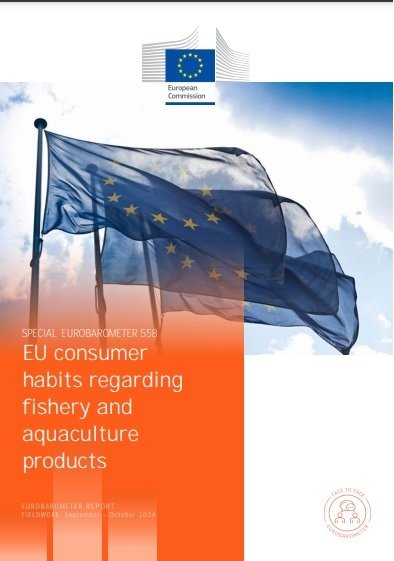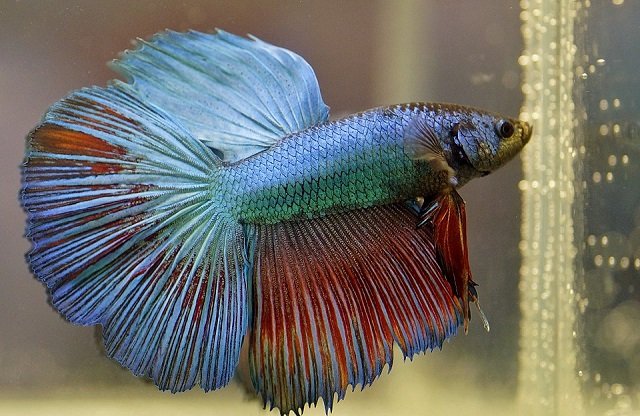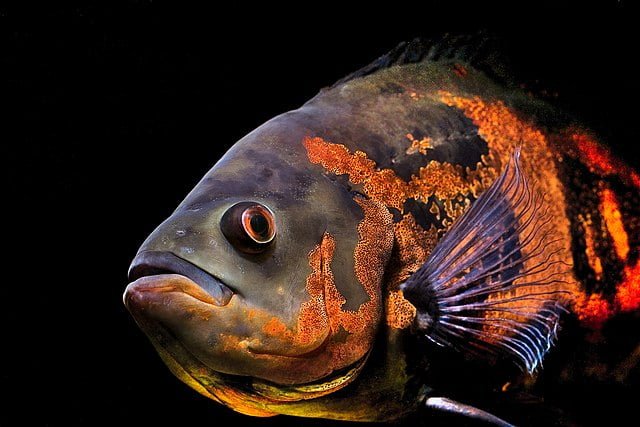
A new European Union study reveals significant changes in seafood and aquaculture product (FAP) consumption habits across Europe. The recently published “Special Eurobarometer 558” provides valuable insights into consumer preferences, purchasing factors, and emerging trends in the EU seafood market.
Seafood remains a dietary staple
While seafood and aquaculture products continue to be an essential part of the European diet, the study reveals a slight decline in household consumption frequency compared to 2021. However, there has been a notable increase in FAP consumption in restaurants, suggesting a recovery of dining-out habits following the COVID-19 pandemic.
Only one-third of respondents consume seafood at least once a week, marking a 4% decrease from the previous survey. Meanwhile, the proportion of respondents who never consume seafood at home has risen to 15%, a 4% increase from 2021.
Key trends shaping consumer choices
The report highlights several factors influencing consumer decisions:
- Convenience and Price: Consumers seek more affordable and easy-to-prepare options. Frozen and canned seafood products are gaining popularity over fresh ones due to their longer shelf life and shorter preparation time.
- Socioeconomic Factors: Age, education level, and income significantly impact consumption patterns. Older adults and higher-income households tend to consume seafood more frequently.
- Geographic Variations: Coastal nations such as Spain and Portugal report the highest consumption rates, reflecting the cultural and economic importance of marine resources in these regions.
- Preference for Wild-Caught Products: There is a clear preference for wild-caught seafood over farmed alternatives. This presents an opportunity to educate consumers about sustainable aquaculture practices.
What do consumers look for when buying seafood?
The study also explored the key factors influencing consumer seafood purchases:
- Appearance and Freshness: Visual appeal remains a crucial factor for buyers.
- Origin and Labeling: Consumers prioritize information on product origin (wild or farmed) and species name. For wild-caught products, they prefer knowing the sea or ocean of capture, while for farmed products, they look for the country of cultivation.
- Sustainability: Although not yet the primary concern, environmental and ethical considerations are gaining importance among consumers. A significant percentage of respondents are willing to pay more for sustainably sourced products.
Seaweed: A growing market
For the first time, this year’s Special Eurobarometer included questions on seaweed consumption. While seaweed and its derivatives have not yet reached widespread acceptance, two-thirds of respondents have consumed seaweed-based products at least once in the past year, mainly in the form of sushi rolls or wraps.
The study reveals that seaweed remains a niche product in the EU. Consumption is driven by taste, health benefits, and sustainability. Younger and urban consumers show the highest interest in these products. The primary barrier to wider adoption is the lack of familiarity with seaweed and how to prepare it.
Implications for industry and policymakers
The Eurobarometer findings provide valuable insights for the seafood and aquaculture industry, as well as policymakers:
Stay Always Informed
Join our communities to instantly receive the most important news, reports, and analysis from the aquaculture industry.
- Transparency and Labeling: Clear and accurate product labeling highlighting origin, sustainability, and freshness is crucial.
- Consumer Education: Consumers need more awareness of the benefits of sustainable aquaculture and how to identify responsibly sourced products.
- Economic Accessibility: Affordable seafood options should be available to ensure accessibility for all consumers.
- Seaweed Promotion: Raising awareness and availability of seaweed products is essential, emphasizing their taste, nutritional benefits, and sustainability.
Conclusion
In conclusion, the European seafood and aquaculture market is constantly evolving. To succeed, industry stakeholders and policymakers must adapt to changing consumer preferences, prioritize sustainability, and ensure transparency throughout the supply chain.
Reference (open access)
European Commission. 2025. SPECIAL EUROBAROMETER 558: EU consumer habits regarding fishery and aquaculture products. 104 p.
Editor at the digital magazine AquaHoy. He holds a degree in Aquaculture Biology from the National University of Santa (UNS) and a Master’s degree in Science and Innovation Management from the Polytechnic University of Valencia, with postgraduate diplomas in Business Innovation and Innovation Management. He possesses extensive experience in the aquaculture and fisheries sector, having led the Fisheries Innovation Unit of the National Program for Innovation in Fisheries and Aquaculture (PNIPA). He has served as a senior consultant in technology watch, an innovation project formulator and advisor, and a lecturer at UNS. He is a member of the Peruvian College of Biologists and was recognized by the World Aquaculture Society (WAS) in 2016 for his contribution to aquaculture.




